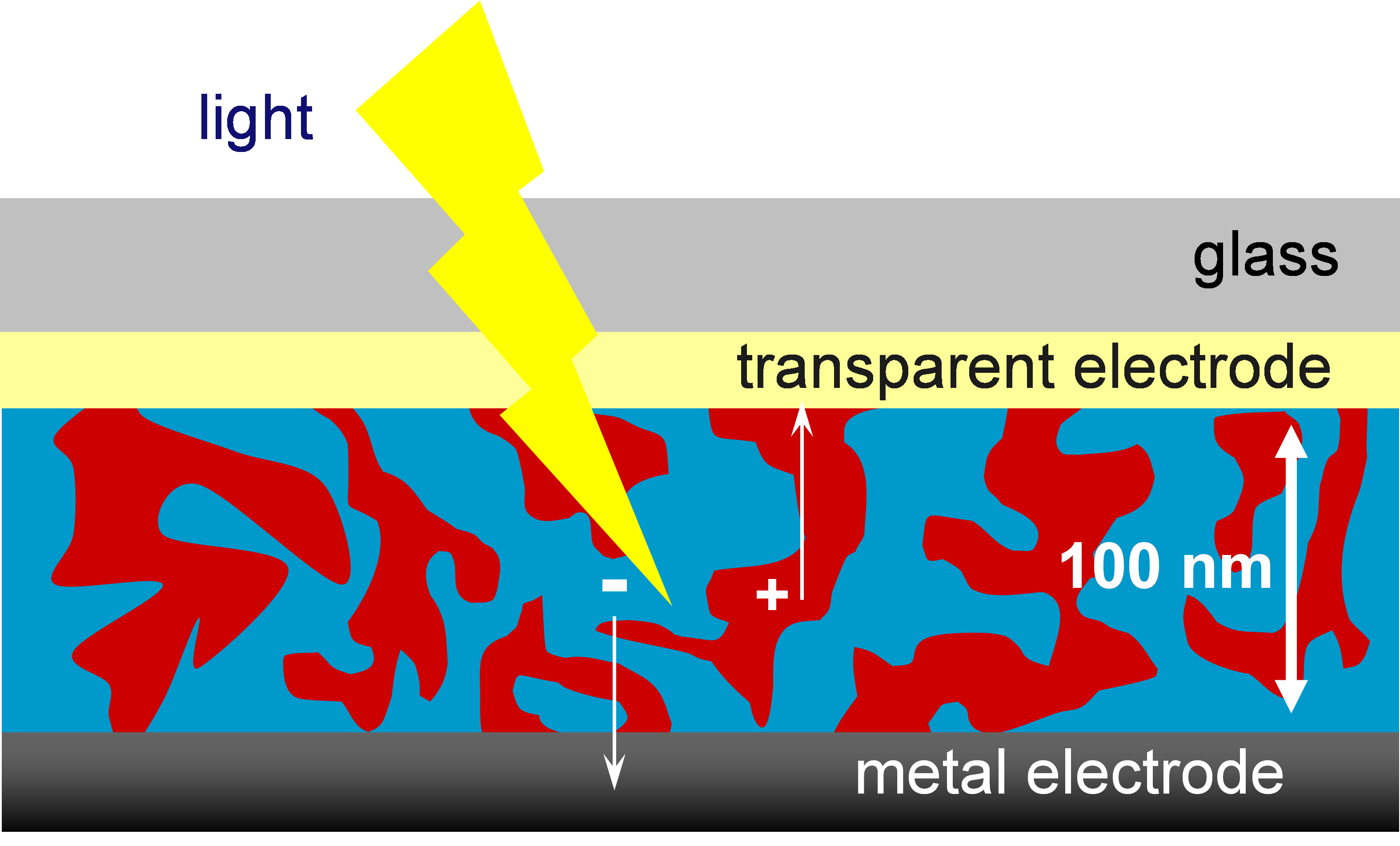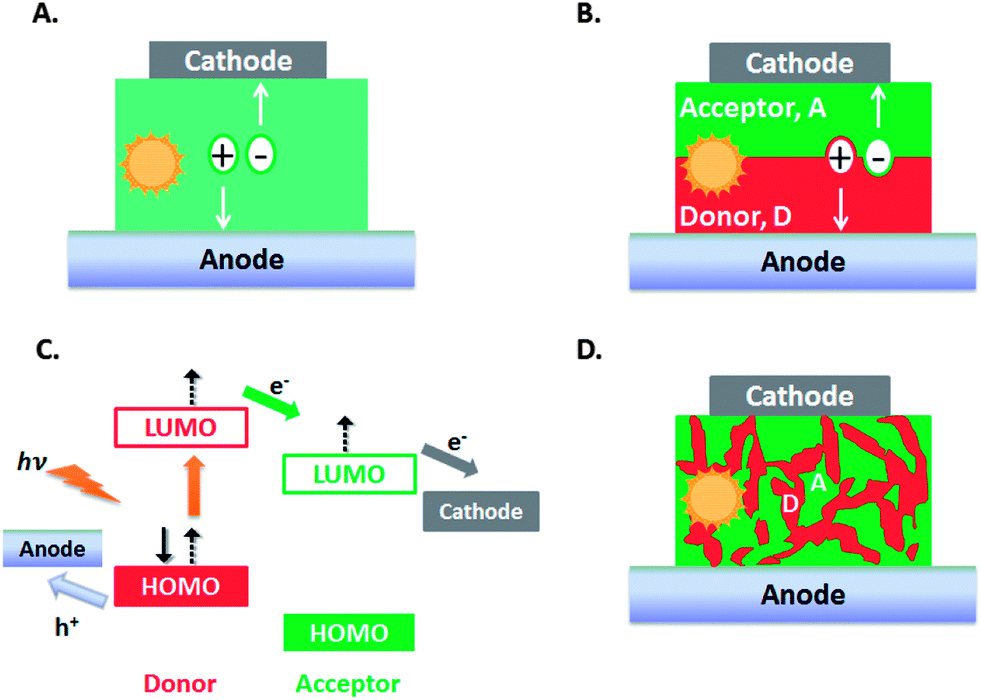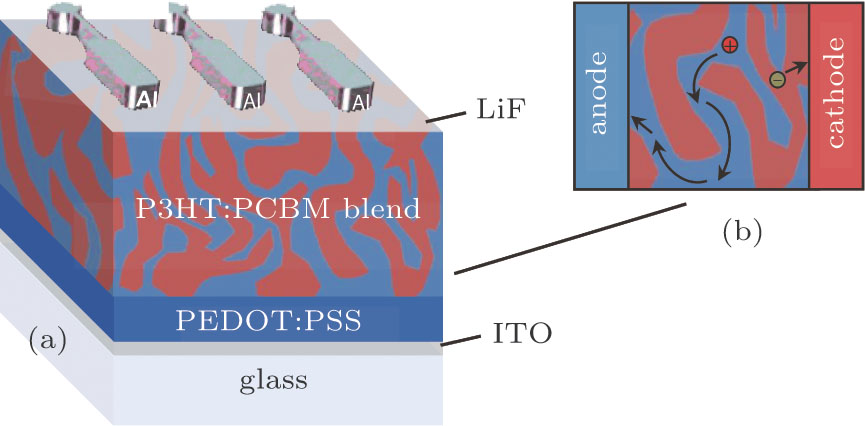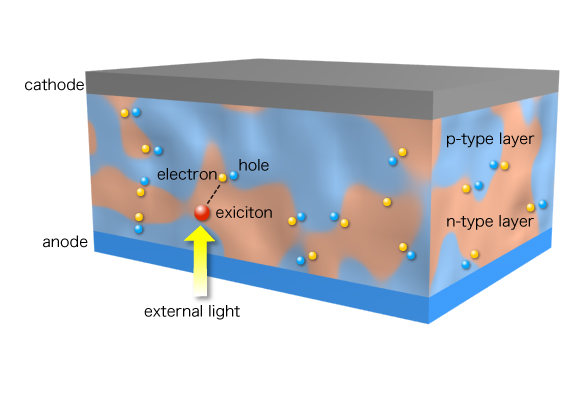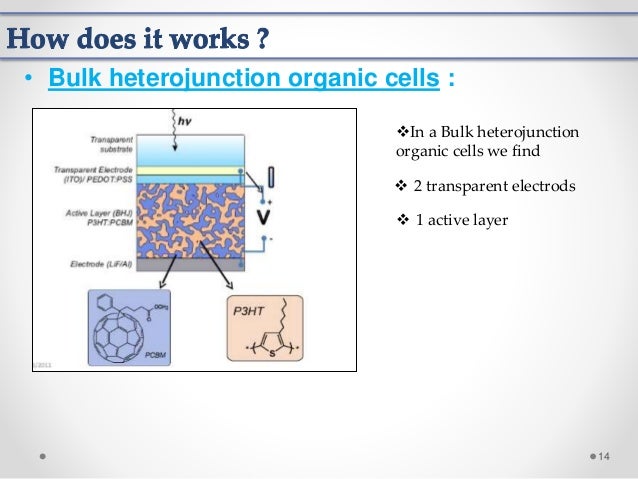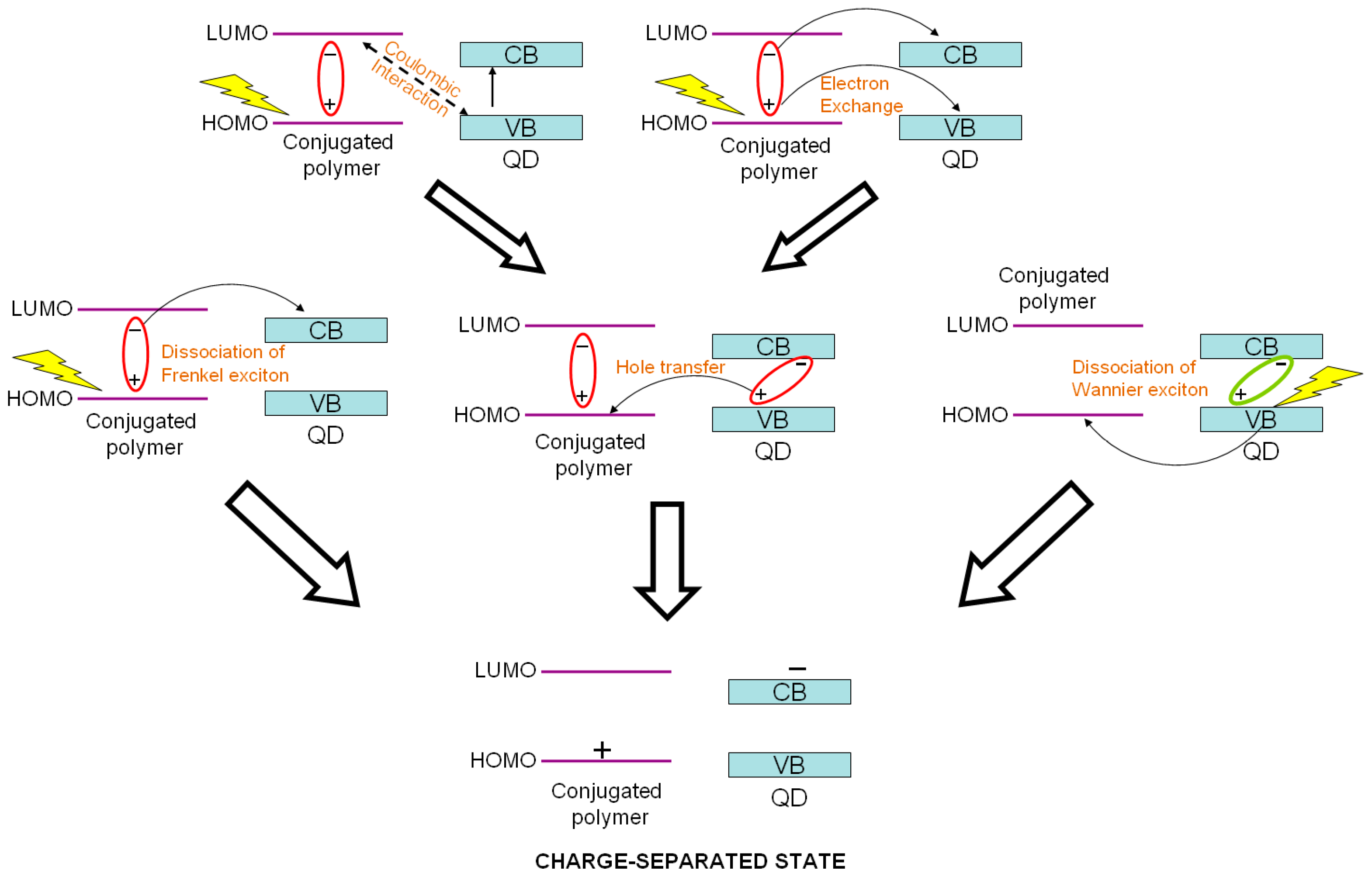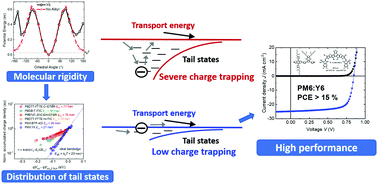Bulk Heterojunction Solar Cells

High performance organic bulk heterojunction solar cells based on multiple donor or multiple acceptor components.
Bulk heterojunction solar cells. Organic bulk heterojunction solar cells using thin film single walled carbon nanotube swcnt anodes deposited on glass are reported. While this isn t the highest on the market the current champion are the maxeon cells offered by sunpower which reach as high as 22 7 efficiency it is a significant improvement over conventional. In this work double bulk heterojunction organic solar cells are fabricated by sequential blade cast in ambient conditions. While the first devices had to be stored in an inert atmosphere and degraded quickly on exposure to sunlight today small organic pv modules on flexible substrates with operational lifetimes of a few years are available.
The journal of physical chemistry c 2015 119 36 20871 20879. Advanced materials 2018 30 8 1705706. Two types of swcnt films are investigated. Remarkable improvement in durability of bulk heterojunction solar cells remarkable progress has been achieved during the last ten years.
Photovoltaic cells featuring a polymeric blend of organics have shown promise in a field largely dominated by inorganic e g. Silicon solar cells specifically fullerene derivatives act as electron acceptors for donor materials like p3ht poly 3 hexyl thiophene 2 5 diyl creating a. Deyu liu junyi wang chunyang gu yonghai li xichang bao renqiang yang. Polymer solar cells usually consist of an electron or hole blocking layer on top of an indium tin oxide ito conductive glass followed by electron donor and an electron acceptor in the case of bulk heterojunction solar cells a hole or electron blocking layer and metal electrode on top.
Polymer bulk heterojunction bhj solar cells based on composites of an electron donating conjugated polymer and an electron accepting fullerene offer promise for the realization of a low cost. Polymer fullerene bulk heterojunction solar cells are a type of solar cell researched in academic laboratories. The bulk heterojunction bhj structure composed of the physical blend of donor and acceptor photovoltaic materials has been commonly used in polymer solar cells and demonstrated to be the most effective strategy for obtaining high performance devices due to phase separation of donor and acceptor photovoltaic materials and the subsequent. The nature and order of the blocking layers as well as the nature of the metal electrode.








